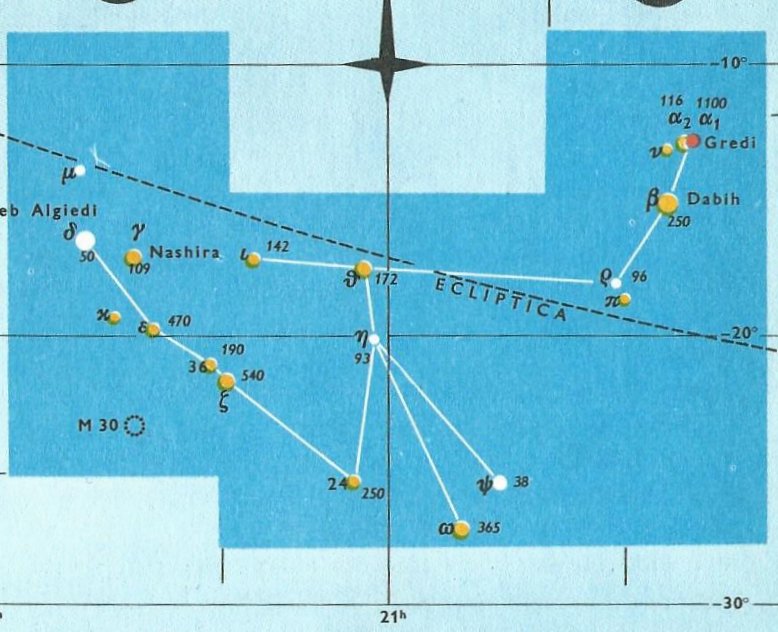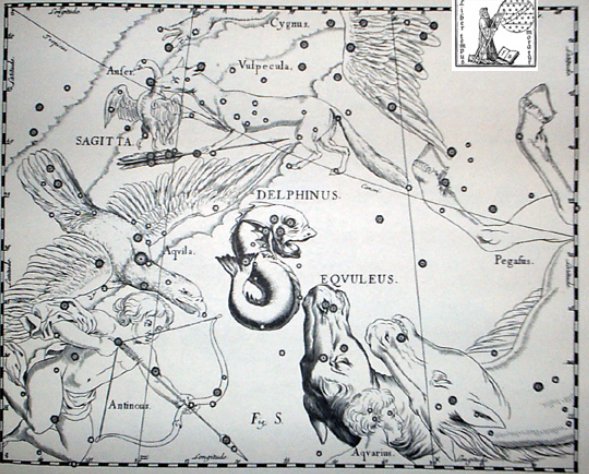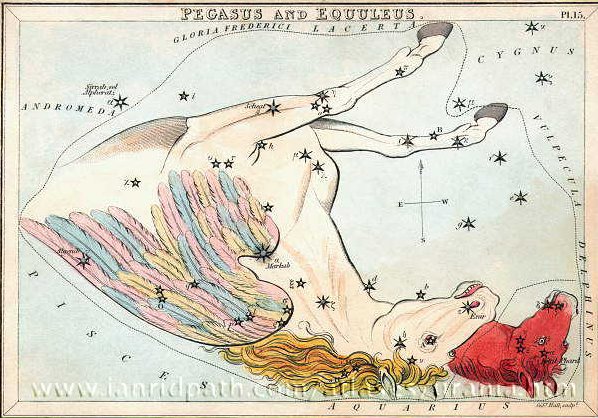According to the time-frame of Manuscript E the star named
Weeping (μ Capricorni,
Chinese: Kuh) rose heliacally 290.0 days after "March 21
(80).

Tao was a word Metoro predominantly used
at this type of glyph and early I therefore
decided to rely on him:
 |
|
tao |
|
Tao.
1. To cook in an oven, to
sacrifice. P Mgv., Mq., Ta.: tao,
to cook in an oven. 2. To carry
away. 3. Abscess, bubo, scrofula,
boil, gangrene, ulcer, inflammation,
sore. Mgv.: taotaovere, small
red spots showing the approach of
death. Mq.: toopuku,
toopuu, boil, wart, tumor. Ta.:
taapu, taapuu,
scrofula on neck and chin. 4. Mgv.:
a lance, spear. Ta.: tao, id.
Sa.: tao, id. Ma.: tao,
id. 5. Mgv.: taotaoama, a
fish. Sa.: taotaoama, id. 6.
Ta.: taoa, property,
possessions. Ma.: taonga,
property, treasure. Churchill.
Sa.: tao, to bake; taofono,
taona'i, to bake food the day
before it is used; tau, the
leaves used to cover an oven. To.:
tao, to cook food in a oven,
to bake. Fu.: ta˛, to put in
an oven, to cook. Niuē:
tao,
to bake. Uvea: tao,
to cook, to bake. Ma., Rapanui:
tao,
to bake or cook in a native oven,
properly to steam, to boil with
steam. Ta.: tao,
the rocks and leaves with which a
pig is covered when cooking; baked,
boiled, cooked. Mq., Mgv., Mg.,
Tongareva: tao,
to bake in an oven ... The word
refers to the specific manner of
cookery which involves the pit oven.
The suggestion in the Maori,
therefore, does not mean a different
method; it is but an attempt more
precisely to describe the kitchen
method, a very tasty cookery, be it
said. The suggestion of boiling is
found only in Tahiti, yet in his
dictionary Bishop Jaussen does not
record it under the word
bouillir;
boiling was little known to the
Polynesians before the European
introduction of pottery and other
fire-resisting utensils ...
Churchill 2. Kao-kao,
v. Haw., be red. Root and primary
meaning obsolete in Haw. Sam.,
tao,
to bake. Marqu., tao,
bake, roast, sacrifice. Tah.,
tao,
baked, boiled, cooked. Greek,
καιω,
Old Att. καω,
to light, kindle, burn, scorch.
According to Liddell and Scott, Pott
refers καιω
to Sanskrit šush,
be dry, but Curtius rejects this. In
Dravid. (Tamil) kay,
to be hot, burn. Fornander. |
The first Greek lettered star in the Foal
(Equuleus) coincides with a glyph in the G text
which looks very much like that at Weeping:
 |
13 |
 |
|
Gb1-24 (253) |
Gb2-12 (267) |
|
ε Equulei (*317) |
Weeping (*331) |

The head of the Foal was evidently perceived as
intensively red (as if just having been 'cooked' in an
'earth-oven'):

In myth the idea of cooking implies the proper
conjunction between a man and a woman (i.e., a change
from a raw and untamed state of existence):
.jpg)
|




.jpg)